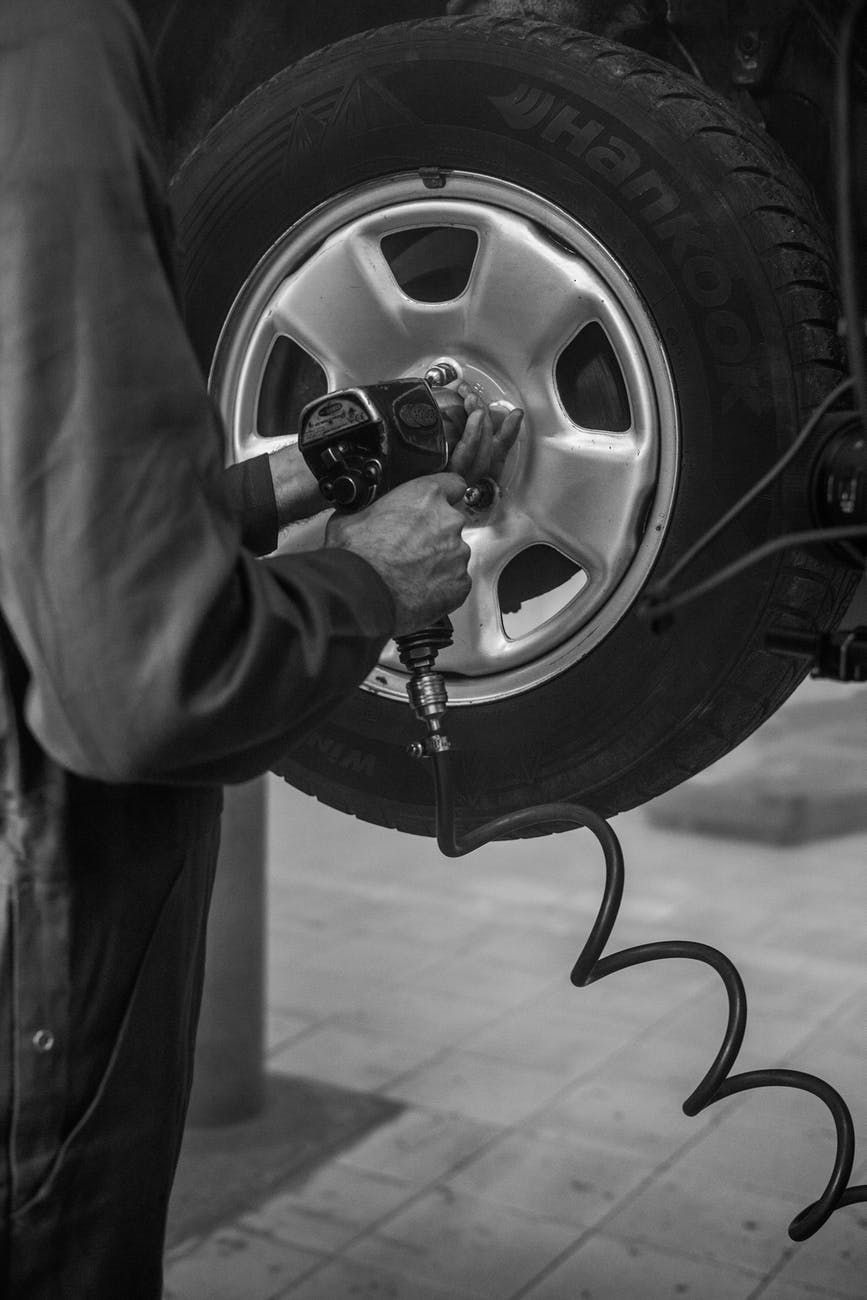Compressed air is something that is prevalent around the world. It is used in homes, in factories, in space travel, in medical settings, and more. It is one of those essential mediums that we often don’t think about, and yet it is one of the most important processes we use.
Why Do We Need Compressed Air?
There are so many applications of compressed air. It is used in the chemical industry, by the pharmaceutical industry, the food and beverage industry, aeration and agitation industries, with semiconductors, with electronics, and within medical fields. Compressed air is used to store and transmit energy to power pneumatic production equipment. It works to pressurize a variety of systems and can even work to cool components in production. Compressed air is ubiquitous, and needed far more than people realize.
How Is Air Compressed?
Air is compressed with the help of an air compressor. They work by drawing air in through an inlet valve, and then once there is enough volume, the air is pressurized and sent through a discharge valve to a storage container.
Air compression is exactly what it sounds like. Air, which is noted as atoms that fly about with great distance between them, is compressed until it is denser, allowing more air to be packed into a small storage unit. When it is released from the storage unit, it rushes out and expands, providing power and energy for a variety of uses.
What Are the Challenges with Compressing Air?
There are a few key things that happen during their process. Compressing air typically results in water molecules collecting, and those water molecules must be removed in order to safely store the compressed air.
That is where an air dryer comes into play. There are a variety of different types of air dryers, with one of the most popular options being the desiccant air dryer systems from Super Dry Systems.
How desiccant air dryers work is simple. It passes the air over a desiccant. Most often, the desiccant is silica, though a variety of other materials can be used as well. There are two types of desiccant systems as well. With heated systems, the water vapor is evaporated and expelled. Then, the heatless air is used to blow the excess water out.
How Much Air Can Be Compressed at Once?
Air compressor power is measured by cubic feet per minute. CFM, however, is not a consistent value. It will change depending on the atmospheric pressure. The standard rate, which helps manufacturers understand their CFM, is sea level, at 68F, and with 36% humidity.
Compressor pump efficiency also plays a role in how much air can be compressed and how quickly. When compressing air, all of this must be taken into consideration. After all, air density changes naturally around the world. The air density is noticeably thinner at higher altitudes to the point where it poses a danger for hikers. All of this must be taken into account, and only then can air be safely and effectively compressed, dried, and stored.
Akif is a Web Designer, Developer and Educator specializing in WordPress and Expression Web. He has Published and Designed several Websites. He spends a lot of his time thinking about and sharing his knowledge of the internet, Information Technology and Web design and Development. Also he is passionate about Fashion Industry. In 2012, he started publishing Fashion related Blogs. Sizzling Magazine is one of them!


